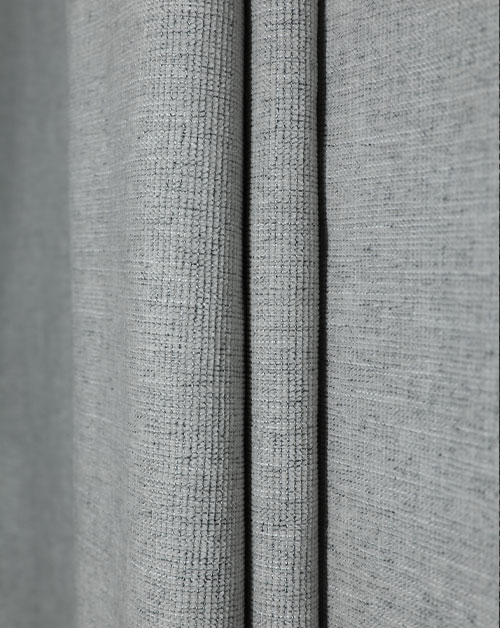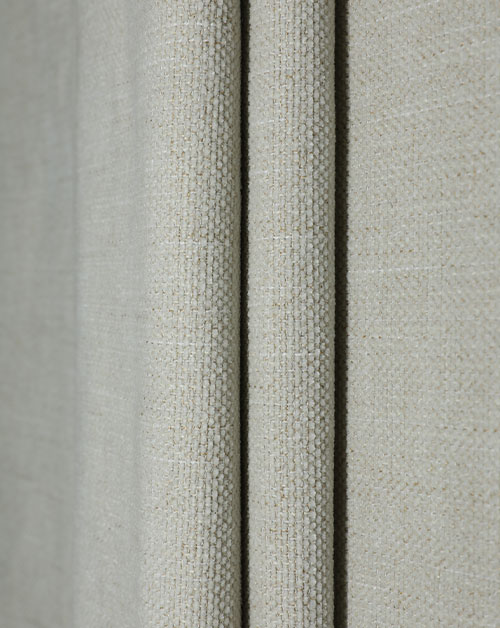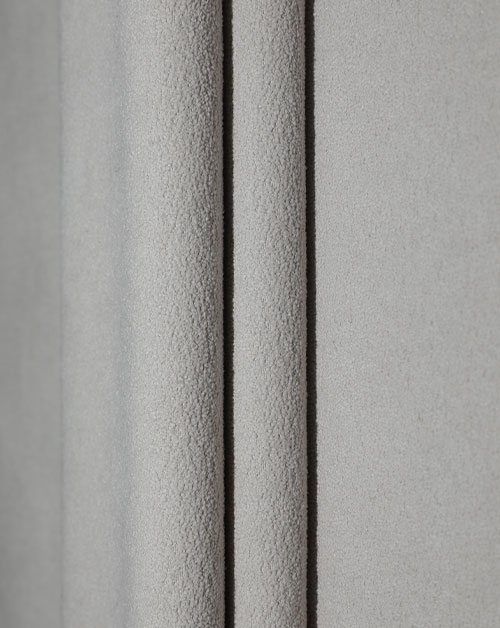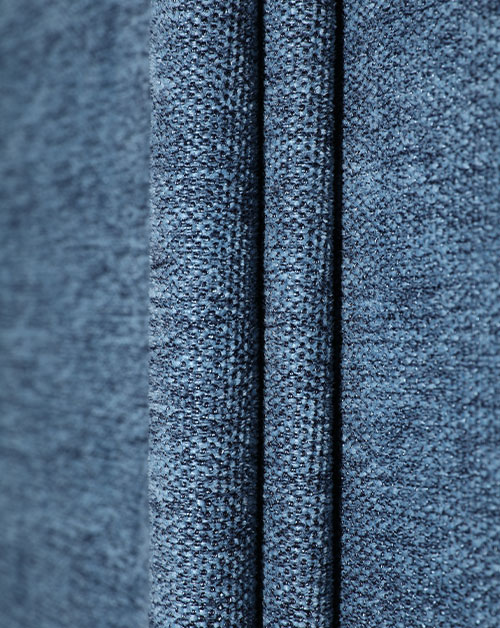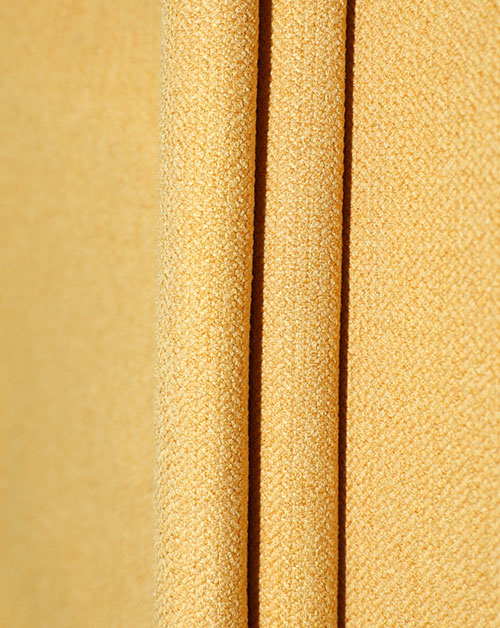If you are a novice in the upholstery industry, choosing the right Decoration fabric may seem like an arduous process. With all the available decoration fabrics (not to mention colors and designs), how do you choose the fabric that suits you? Below is some information about various fabrics to help you choose the right fabric for your furniture.
Durability
If you plan to decorate something that will experience daily wear and tear, you must consider durability. The durability of the upholstered fabric depends on its rating in the manufacturer-managed double friction test, which is a back-and-forth movement that mimics the wear and tear of a person sitting on an upholstered seat over time. The greater the number of double rubs (for example, 100,000 to 10,000), the better the indicators of quality and durability. In addition to higher double friction, look for decorative fabrics that have been treated with performance, such as stain resistance, water resistance, or UV resistance.
For interior decoration items that are not used daily, such as decorations or heirlooms, performance characteristics may not be so important, which opens up more categories, including silk, wool, linen, cotton duck, decorative fabrics, etc.! Just look for medium to super heavyweight home furnishing fabrics.
Fabric care
Once applied to furniture, upholstery fabrics are usually not suitable for traditional washing or dry cleaning; therefore, you must follow the manufacturer's instructions and look for stain-resistant fabrics for parts that are used in larger quantities. If you need to clean before use, our dry cleaning recommendation is to do it before the soft pad. After installing the soft pad, please use a stain cleaner specially designed for soft pad fabric or pad cleaning service. It is strongly recommended to spray a fabric protectors on finished furniture.
Fabric type
These common interior decoration fabrics have a variety of weights, colors, fibers, and treatments to ensure that you get the fabrics you need for your project.
Chenille-an fabric choice for home use, mainly for heavier parts. Similar to velvet, it has a cut pile that contributes to abrasion resistance and comfort.
Upholstery
Suede/Microfiber/Ultrasuede – usually a polyester multi-woven fabric with abrasion treatment on the surface to give it a plush suede to imitate suede. This fabric is used extensively in family rooms and pets Excellent choice. It is very strong, hard-wearing, and easy to clean.
Upholstery
Velvet-Velvet has a dense cut pile that makes it luxurious and soft with luster. Velvet can withstand heavy use and is an attractive choice for households. The cleaning effect is when there are spills or stains immediately.
Upholstery
Basketweave / Tweed – These textured woven fabrics hide stains and are hard-wearing, and can be used in any upholstery application, depending on their dual friction level. Higher double friction will reduce pilling and fabric tension.
Upholstery
Artificial leather-easy to clean, an choice for children's furniture and other high-usage items. Proper cleaning and conditioning to reduce the risk of cracking.
Upholstery
Breathable artificial leather espresso fabric
Ocean Vinyl-To withstands weather and harsh environments, Ocean Vinyl is a leather-looking vinyl that is very durable and easy to clean.
Jacquard-usually a heavier fabric, has yarn-dyed fibers that can form patterns, giving the fabric texture and style. A good choice of fabrics suitable for home use, mainly moderate use and decorations.
Upholstery
Duck/Canvas-a sturdy plain weave fabric, very suitable for printing designs. When made of cotton, this fabric shape will warp over time with heavy use, so it should be used for moderately used furniture, decorations, or pillow accents.
Upholstery
fiber
These are common fibers used in upholstery fabrics. They can be or mixed with other fibers to add properties. These fibers can be made into a variety of fabric types, which will also affect their performance:
Cotton-breathable, comfortable and economical. Not resistant to fading.
Linen-very strong, breathable, and classic. It has poor resistance to stains and fading and should not be used in large quantities, but it is very suitable for heirlooms.
Wool-luxurious, texture and touch, retains its shape, poor stain resistance-look for stain-resistant treatments or blends.
Silk-luxurious and strong, but should not be used every day.
Rayon/Viscose-When mixed with other fibers, it increases softness but is not durable.
Polyester-durable, easy to clean, low-medium abrasion resistance-if the double friction level is not high enough, it may pill.
Nylon-durable, high abrasion resistance, easy to clean.
Acrylic-very durable, fast to paint, easy to clean, very suitable for heavy use of interior decoration.
Olefins-very durable, quick to paint, easy to clean, very suitable for heavy-duty upholstery.
cut pile fabric——Various colors, soft and comfortable, very suitable for carpets, etc.
color
Your color choice also depends on the type of use your furniture will see. Natural beige is a popular choice for hiding dirt, and it is also a neutral color that can be matched with many different decorative styles.
Consider using a lighter solid color to create an airy and inviting atmosphere in the space. Darker colors or patterns are better for hiding dirt and wear. Or, you can choose bright colors or interesting and bold patterns at any time to show your personality in your space!

 English
English 中文简体
中文简体 русский
русский عربى
عربى

